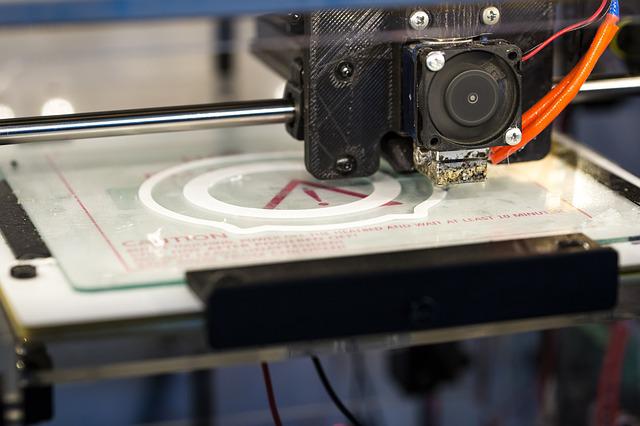CNC Machine Tools are indispensable in today’s modern manufacturing environment. The continual demands for faster production speeds, ever-changing parts with more complexity, and an emphasis on consistent product quality necessitate that your CNC machines remain in top shape to meet or exceed these objectives.
Here are some pointers to help you get the most out of your CNC machines over a lengthy period of time.
SETUP
Do
Prepare and put fixtures, tools, and supplies near your CNC machines to decrease setup time and simplify changeovers. If space does not permit you to do so beside or near your machines, you should designate a specific spot within your facilities for the preparation work. This will ensure that you have concentrated preparation and all you need to accomplish the task.
Don’t
Create complex setup processes because they might cause unnecessary downtime and problems.
TOLERANCE
Do
Maintain a consistent temperature in the workshop because fluctuating and shifting temperatures might affect tolerances. Provide clean air to your CNC machines. Your air compressor should not be too far away and should supply clean, dry air that has been filtered.
Don’t
Keep your CNC machines near foundry, stamping, welding, and grinding machines. Dust in any form, as well as shock waves generated by presses, stamping, or electrical oscillations and fluctuations, should be avoided at all costs.
SURFACE TREATMENT
Do
Use the proper feeds and speeds while machining parts. Keep in mind that the following elements can have an impact on the surface quality of your item or mold: Vibration induced by the CNC machine; tooling that is not sharp or balanced; tool holders that are not suitable or balanced; and influence from external sources to your machine (as indicated before – dust or shock waves formed by presses, stamping, or electrical changes and fluctuations). These factors will not only lower tool life, but may also impair the lifespan of your CNC machine spindle.
Don’t
Use worn-out tools, tools that have reached their limits, or feed/speed settings that are too low, as they might leave scorched scars on the workpieces. Similarly, if your surface quality is important, avoid using the same tool for roughing and finishing.
CUTTING INSTRUMENTS
Do
To get a high-quality surface and finishing, use the proper cutting tools and begin with the specified cutting settings. If your operator is knowledgeable, he will understand what is required to produce the greatest results.
Don’t
Using blunt tools, incorrect (dimension) tools, or tools unsuitable for the materials used might result in rough edges, cutter marks, raised marks, or burn marks on the finishes. Alternatively, it may just result in poor performance.
COOLANT
Do
Check the coolant on a regular basis to ensure that the correct amount and composition are being utilized for the continuing running of your equipment.
Don’t
Use coolant with a high concentration as it can cause machine damage and components to rust or corrode. It can also have an impact on your operator’s health.
AUTOMATION
Do
Take use of automation options, especially in this difficult economy. Examine the many possibilities for increasing production efficiency and diversifying your product offers. There are methods for low mix – high volume and high mix – low volume. Reduce the number of employees and rely on more knowledgeable engineers.
Don’t
Compromise your production and delivery timeline by ignoring all automation possibilities. Consult with your CNC machine supplier to determine which automation solution is best for your production needs.
MAINTENANCE
Do
Maintain a precise maintenance schedule and perform frequent checks on your CNC machines to ensure maximum performance and uptime. Maintaining your CNC machines on a regular basis is critical to running a successful machining workshop. Upgrade your machinery whenever possible.
Don’t
Allow dirt, materials, and debris to accumulate as it can cause damage and inaccuracies in your parts machining, resulting in downtime and losses due to costly repairs.
SAFETY
Do
Implement and maintain a safe working environment in your workshop by removing dangers and probable accident regions.
Don’t
Overlook minor items like loose connectors or screws, or parts that are not securely mounted—make sure all of them are checked before pressing the Start Button.
CRASHES
Do
Use an Automatic Tool Measuring Probe to guarantee proper tool setup. The measuring tool can then be inserted into the machine’s tool changer and assigned a pocket number.
Don’t
If your team is unable to troubleshoot and solve the problem, do not attempt to resume machining operations or to repair the machine yourself.

